Car safety
Volvo Cars has been a leader in the field of car safety for decades. That will never change. It’s our vision that no one should be seriously injured or killed in a new Volvo car.
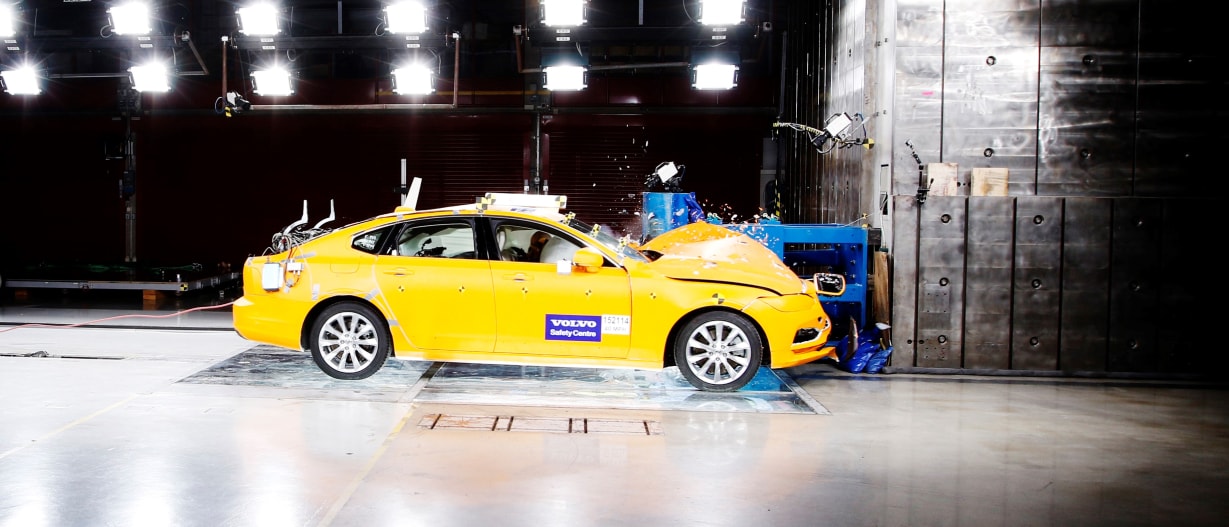
We have invented some of the most important features in the history of car safety. And there’s more to come.
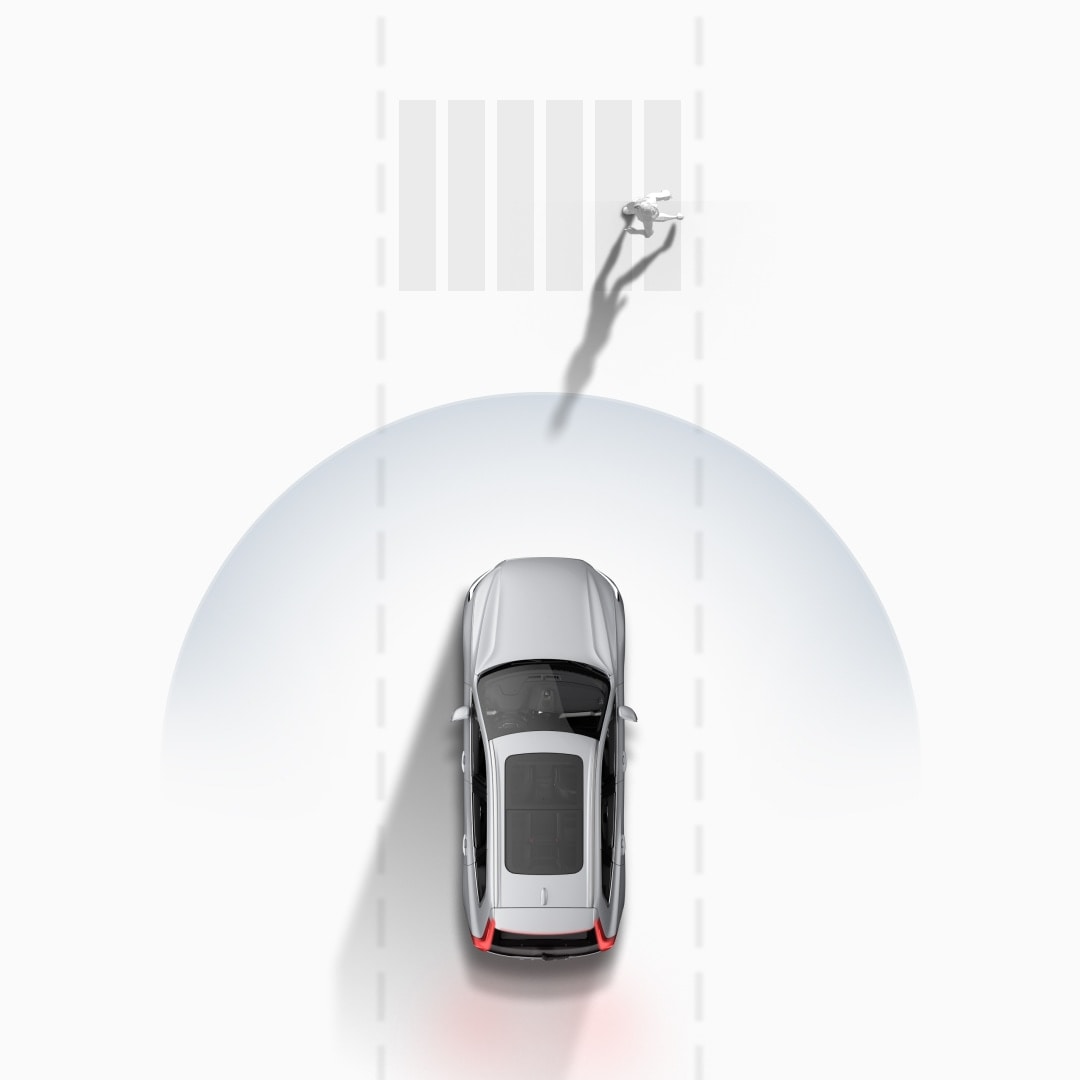
Driver assistance systems
In addition to occupant protection features such as airbags and crumple zones, we have added driver assistance systems that can help avoid and mitigate collisions. These systems also support you with manoeuvring or parking.
Car safety features. In the event of an unavoidable collision, we have the technology to make a real difference.
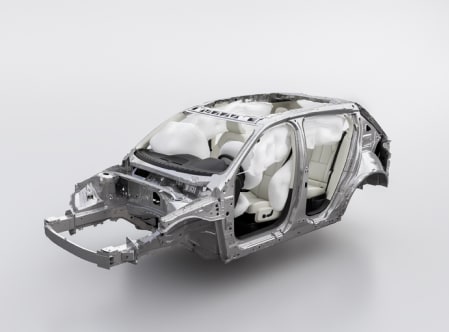
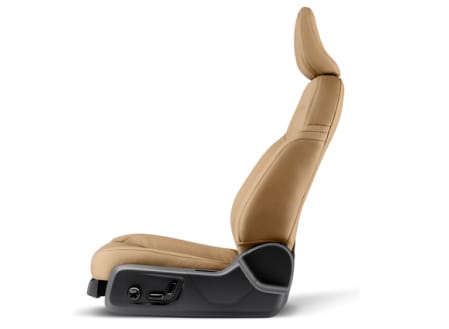

Airbags
Airbag technology has changed a great deal since it was introduced, and Volvo has been one of the key players with innovations like side airbags and inflatable curtains. Today, our cars feature a range of airbags designed to help protect the occupants in the event of a collision.

Car seats
Our car seats are made to ensure safety and comfort. The energy-absorbing functionality between the seat and seat frame helps reduce spinal injuries, and the built-in whiplash protection system helps reduce the risk of whiplash injury.
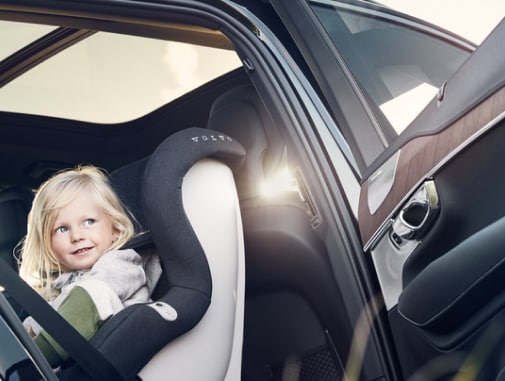
Child safety
Child safety in our cars has always been a guiding principle at Volvo Cars. That’s why we have remained at the forefront of child safety and research since the 1960s, with innovations such as the rearward-facing child seat and dual-stage integrated booster cushion.
Improvements for road safety
Speeding, intoxication and distraction are three obstacles on the road to zero fatalities in our cars. Therefore, we aim to address these key challenges with new and existing safety innovations.
To send a strong signal about the dangers of speeding, we reduced the top speed of all our new cars to 180 km/h in 2020. We are also looking at how smart speed control and geofencing technology could automatically limit speeds near schools and hospitals in the future.
With support from LiDAR sensors, the next generation of Volvo cars will be hardware-ready for autonomous drive. And over time, we will push out over-the-air software updates to provide fully autonomous highway driving.
To help address intoxication and distraction in traffic, we are working on new in-car solutions. Driver monitoring cameras, together with other sensors, will allow the car to intervene when a clearly intoxicated or distracted driver risks serious injury or death.
We’ve recently introduced the Care Key, aimed at addressing speeding. With the Care Key, Volvo car owners can put a speed cap on the car when lending it to a younger family member or less experienced driver as a way of ensuring a safer ride.

A million more lives
When we introduced the 3-point safety belt, we faced a world of criticism. Since then, it has saved more than a million lives. Now, we’re determined to save a million more.

Sharing our research to make cars safer for everyone
Some people are less safe on the road than others. That’s why we’re sharing our safety research in the E.V.A. database - open for anyone to download. For everyone’s safety.

Decades of innovation
Ever since our founding in 1927, we’ve been designing cars that put people first. Discover our most important safety innovations over the years.
Explore our models
Volvo Cars’ safety features complement safe driving practices and are not intended to enable or encourage distracted, aggressive, or otherwise unsafe or illegal driving. Ultimately, the driver is responsible for safe operation of the vehicle at all times.